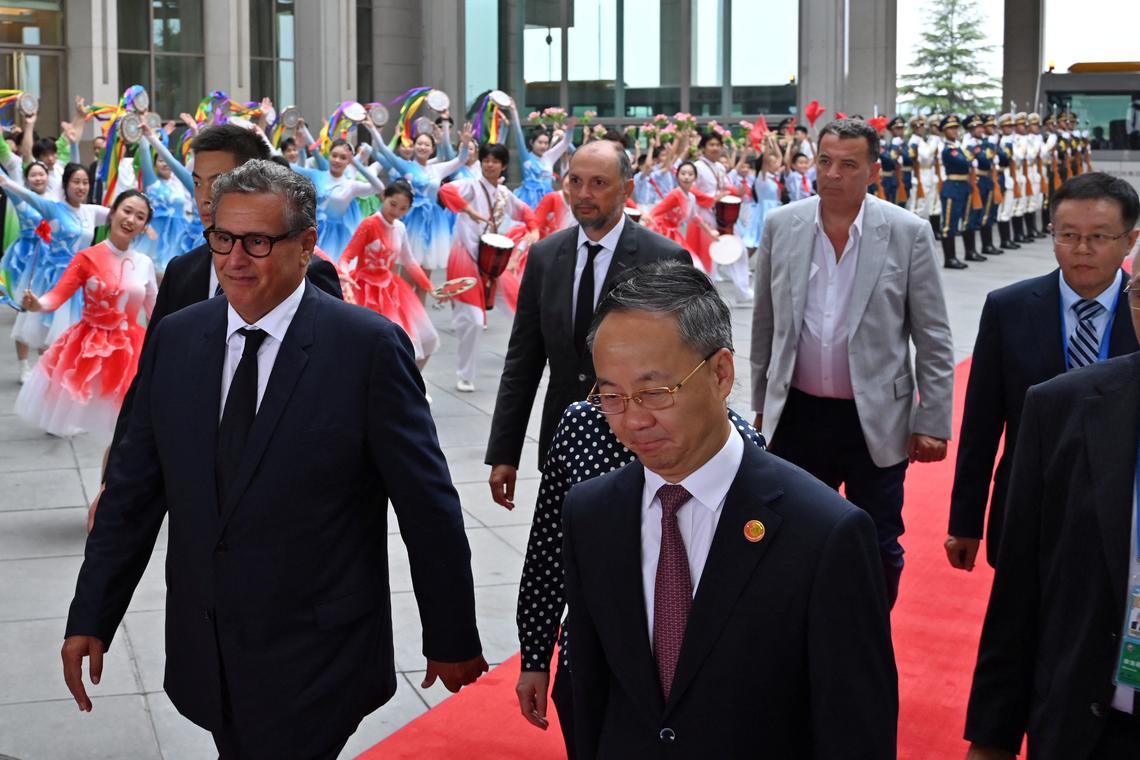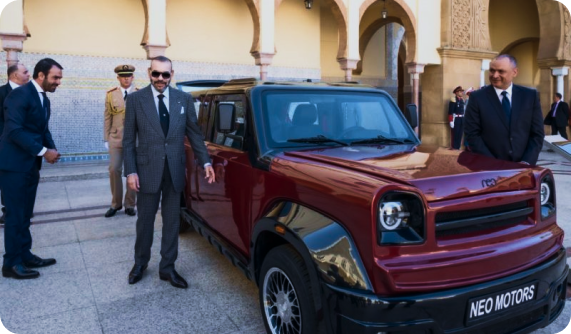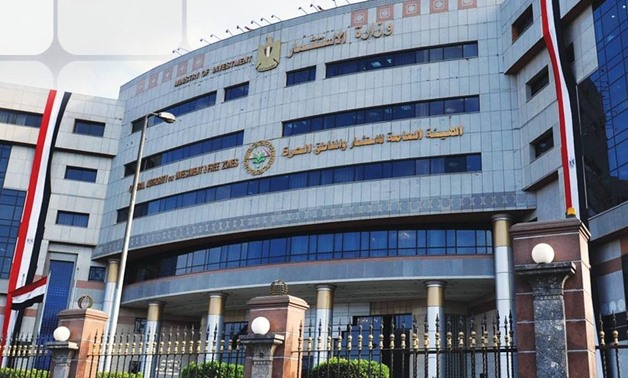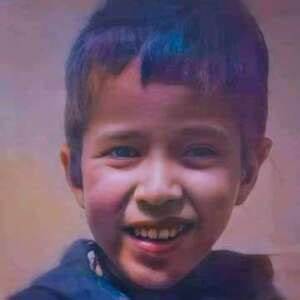Morocco is preparing to build Africa’s first battery gigafactory, a $5.6 billion project backed by China’s Gotion High-Tech, which will place the North African kingdom at the centre of the global race for clean energy.
The plant will be taking shape on a large site outside Kenitra, near Rabat. Production is set to begin in 2026, with an initial annual output of 20 gigawatt-hours, enough for hundreds of thousands of cars, according to local media.
In time, capacity may reach 100 GWh, making Morocco a major global supplier.
For Beijing, Morocco serves as a bridge to Europe. Demand for batteries there is rising ahead of a 2035 ban on new fossil-fuel cars.
Unlike many plants, this factory will also make cathodes and anodes, key battery components. Vertical integration reduces Morocco’s import needs and gives it a competitive edge as European carmakers seek stable supplies.
It is not yet fully clear where all the raw materials for the gigafactory will be sourced from.
However, the factory is expected to leverage Morocco’s local mineral resources, including phosphates and some nickel and manganese deposits, while also potentially relying on broader African supplies of cobalt and lithium.
The first stage alone is projected to carry a $1.3 billion investment and create 17,000 jobs, both directly and indirectly. Later phases could add as many as 10,000 more.
Morocco is already Europe’s top car exporter, surpassing China, Japan, and India in 2023.
Auto exports brought in a record 157 billion dirhams ($15.7 billion) last year. Renault and Stellantis both operate plants in the country, and their supply chains are expected to be among the first to draw on the new battery production.
For China, the Moroccan gigafactory fits into a broader push to anchor itself in Africa’s industrial future.
In Morocco alone, Chinese firms have invested more than $10 billion in energy and automotive ventures in recent years, including joint projects in ports, steel, and tire manufacturing.
Beyond Morocco, from Dakar to Nairobi, Beijing has financed railways, solar plants, and ports—and even built the African Union headquarters in Addis Ababa—often under the Chinese Belt and Road development Initiative.
Trade between China and Africa has surged more than 700 percent since the 1990s, making Beijing the continent’s largest trading partner.
Unlike the Western powers that tend to attempt dictating domestic policies through partnerships, Beijing avoids political conditions, framing its projects as “friendships” based on “mutual respect.”
“China treats Africa as an equal,” said the Rwandan president, Paul Kagame, last year, adding that the relationship was “based as much on mutual respect as on mutual interests”.
That perception has been reinforced by daily realities across the African continent.
Affordable Chinese-made mobile phones dominate African markets, Chinese-built roads and ports underpin major trade routes. And in Casablanca, a bustling Chinese quarter of wholesale and semi-wholesale shops has become part of the city’s fabric, with Chinese merchants speaking fluent Darija.
Still, the relationship is hardly equal. Beijing gains access to strategic assets and raw materials, and critics argue that Belt and Road loans risk trapping countries in debt.
Yet China’s willingness to bankroll infrastructure and factories on a scale few others can match has entrenched its role as Africa’s most important economic partner.
There is also the policy stability that comes with one-party rule.
By contrast, Washington’s decisions have been less predictable. The dismantling of USAID programmes and rising tariffs under the Trump administration left many African governments searching for alternatives.
When Trump slapped Tunisia with a 28 percent “liberation” tariff this April, Hamza Meddeb, a fellow at the Carnegie Middle East Centre, said that the only way for the country to avoid isolation was “to expand into Asian markets”—though that, he noted, would require regulatory reforms to boost competitiveness.
So far, Morocco has managed to court Chinese investment while keeping strong ties with Washington.
It remains a major non-NATO ally of the United States, conducts joint military exercises with NATO, and still hopes to acquire advanced American fighter jets. But that balancing act carries risks, particularly as Trump pressures countries to take sides in escalating trade wars.
In an African context, by hosting the continent’s first battery gigafactory, Morocco is positioning itself as a model for how the continent might move beyond exporting raw materials like cobalt, lithium, and copper to manufacturing the finished products at home.
“If replicated in other African countries with abundant mineral resources, such as the DR Congo, Zambia, and Zimbabwe, the model could help the continent capture more wealth from its natural resources instead of exporting them cheaply,” wrote Solomon Ekanem, a Business Insider reporter on African development.




